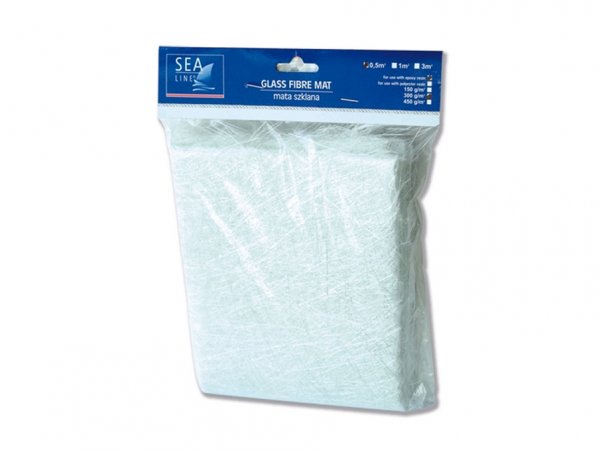
Glass fibre mat, in connection with laminating resin, is used for the repairs of big holes in boats, yachts, camping caravans, etc. The repaired elements may be made from steel, aluminum or GRP, reinforced with glass fibre. The obtained layers have very good adherence, are durable, resistant to petrol, oils, greases, and the short period temperatures up to 70ºC.
Glass fabric are used in the production of laminates, as a resin reinforcement. Allows for a higher glass content in the laminate and better durability. Minimizes the amount of resin necessary for the production of laminates while increasing durability.
To obtain a full-fledged and adequately strong laminate, use a 2:1 weight ratio of resin to fibre glass mat or 1:1 weight ratio of resin to glass fabric.
| pack | g / m² | code | theoretical efficiency resin for 1 pack |
| 1 m² | 150 g / m² | 4490 | ~ 300 g |
| 300 g / m² | 4493 | ~ 600 g | |
| 450 g / m² | 4496 | ~ 900 g | |
| 3 m² | 150 g / m² | 4491 | ~ 900 g |
| 300 g / m² | 4494 | ~ 1,8 kg | |
| 450 g / m² | 4499 | ~ 2,7 kg |
| pack | g / m² | code | theoretical efficiency resin for 1 pack |
| 1 m² | 300 g / m² | 4480 | ~ 600 g |
| 450 g / m² | 4483 | ~ 900 g | |
| 3 m² | 300 g / m² | 4481 | ~ 1,8 kg |
| 450 g / m² | 4484 | ~ 2,7 kg |
| pack | g / m² | code | theoretical efficiency resin for 1 pack |
| 1 m² | 200 g / m² | 4464 | ~ 200 g |
| 400 g / m² | 4466 | ~ 400 g | |
| 3 m² | 200 g / m² | 4465 | ~ 600 g |
| 400 g / m² | 4467 | ~ 1, 2 kg |
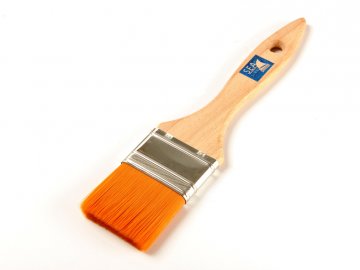
BRUSH PROFESSIONAL Sea-Line® BRUSH Sea-Line® ROLL AND HOLDER ROLL Sea-Line® PAINT TRAY Sea-Line® MIXER FOR PAINT Sea-Line® STORAGE – PLASTIC […]
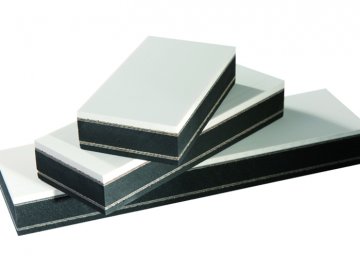
CORK SANDING BLOCK FOAM SANDING BLOCK PLASTIC SANDING BLOCK PROTECTIVE FOIL PAPER TOWEL (ROLL) ANTISTATIC RAGS CORK SANDING BLOCK Sanding […]
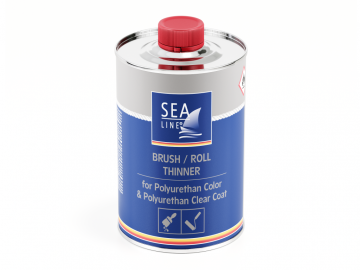
Brush and roll thinner for polyurethane color and high gloss polyurethane clear coat. Thinner for the application of brush and […]
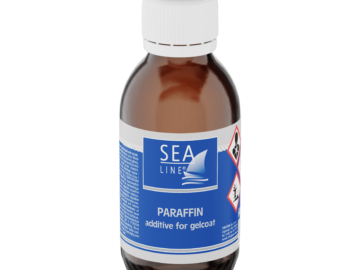
Gelcoat additive – paraffin Paraffin is an additive mainly to polyester gelcoats, necessary when it is necessary to apply the […]
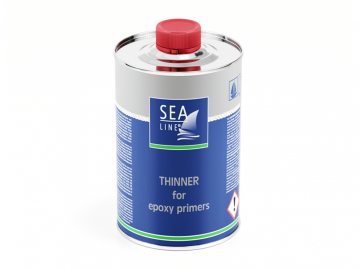
Thinner for all Sea-Line epoxy primers. It is very important to use paint thinners, which provide the appropriate parameters of […]
Yes, you can paint the bottom of the boat with polyurethane paint due to its high mechanical strength. We recommend this solution when the boat is not launched for a long time and is not exposed to fouling.

Refilling and to tackle inequalities caused by damage to or during the course of production

Protects boat surfaces from the effects of destructive activities osmosis and corrosion

Provide an aesthetic and a perfect look of the boat also protective against water and UV radiation

Protect the hull from fouling with algae and shells

Effectively remove scratches, refresh the color of gelcoat or paint, fast shine effect

Special preparations for effective cleaning and refinishing

Laminating, gluing and filling in cracks in gelcoat

Range of products useful in the boat builder work